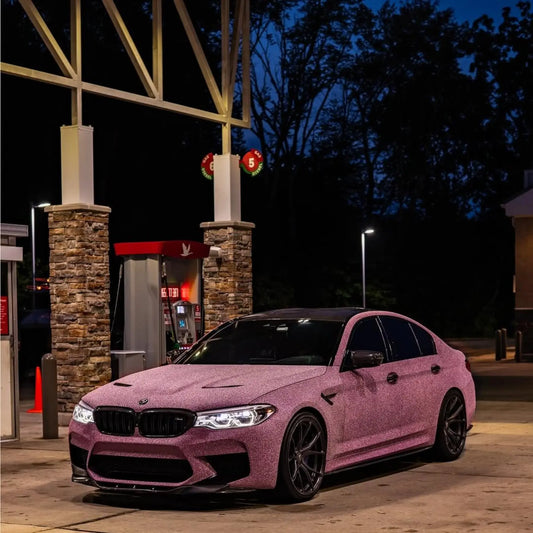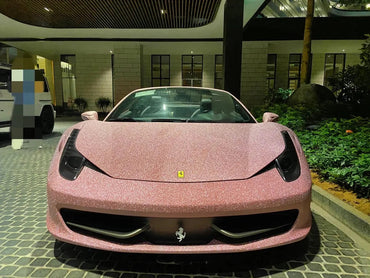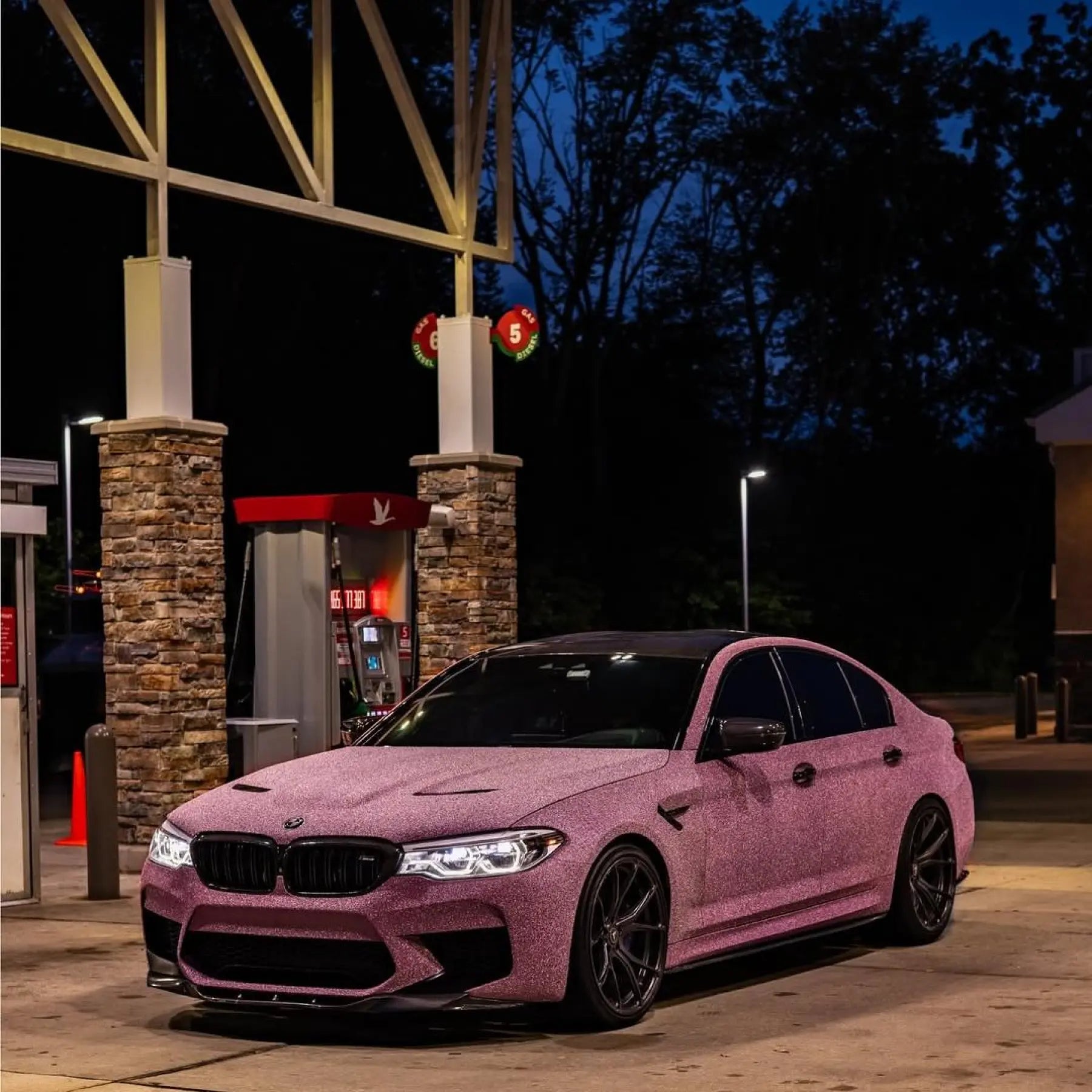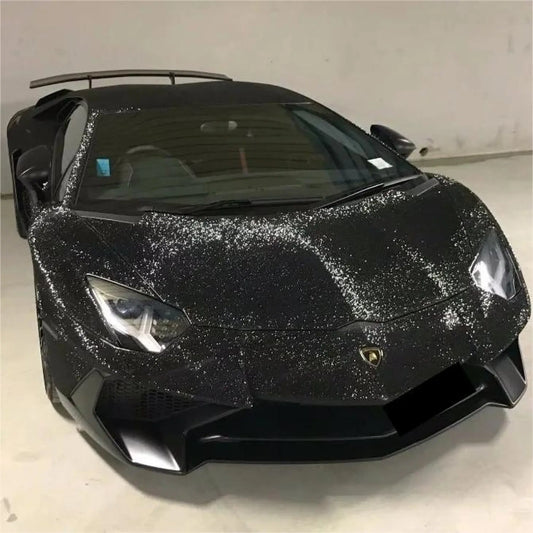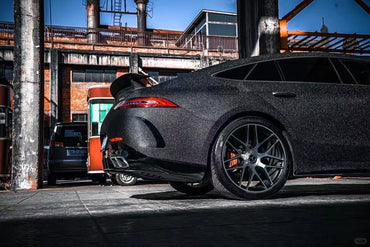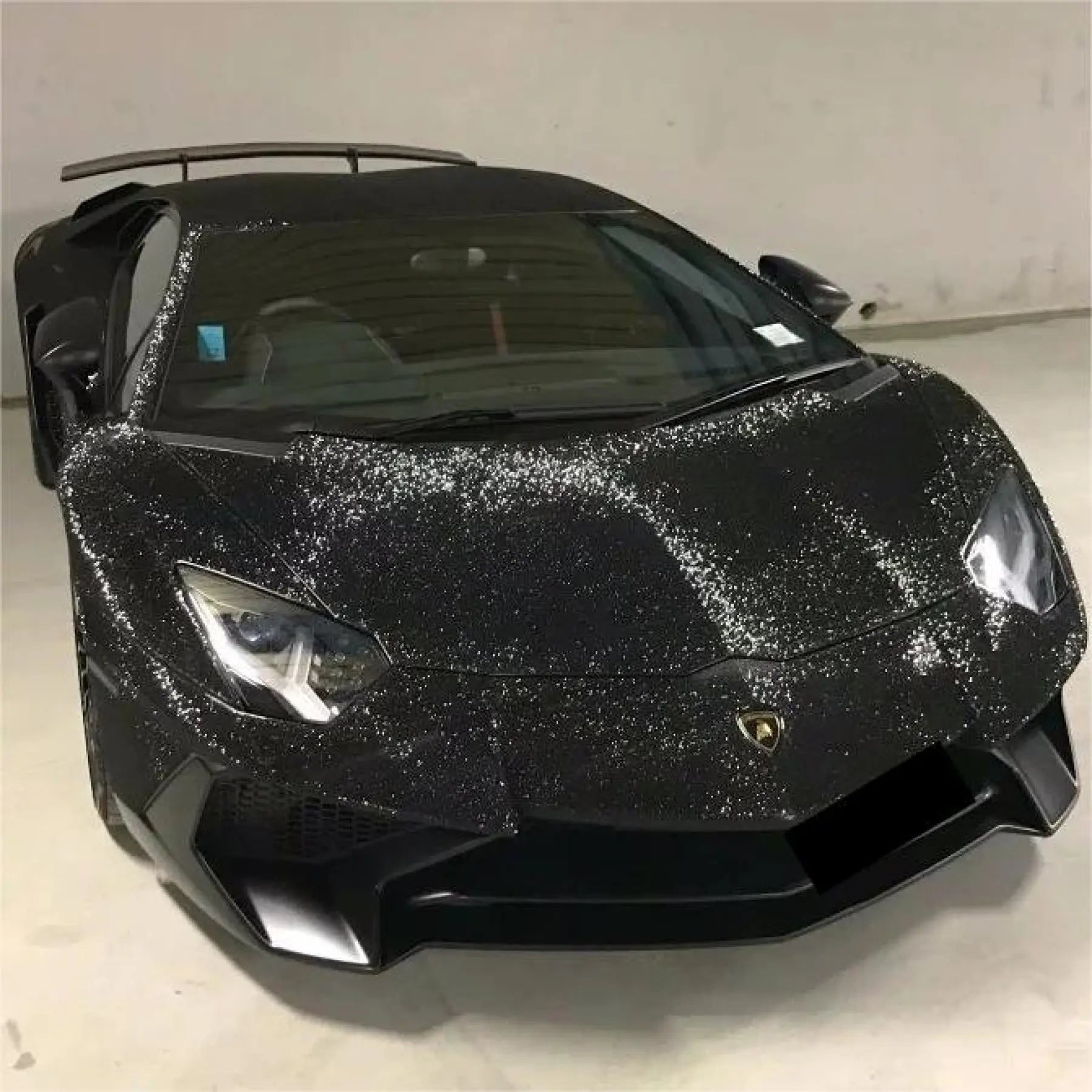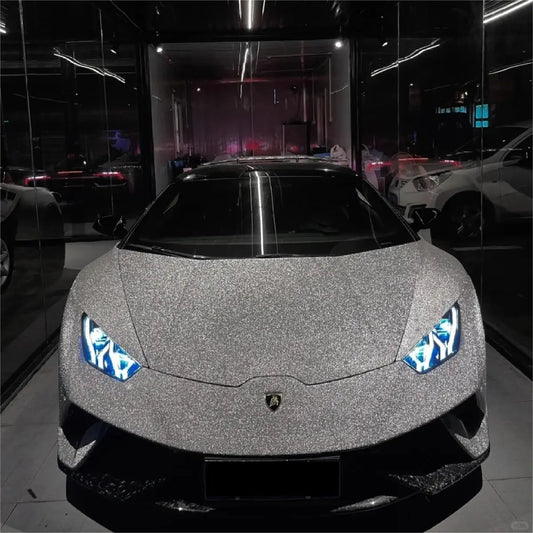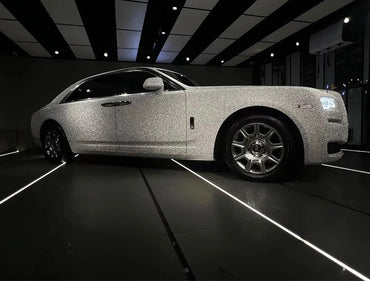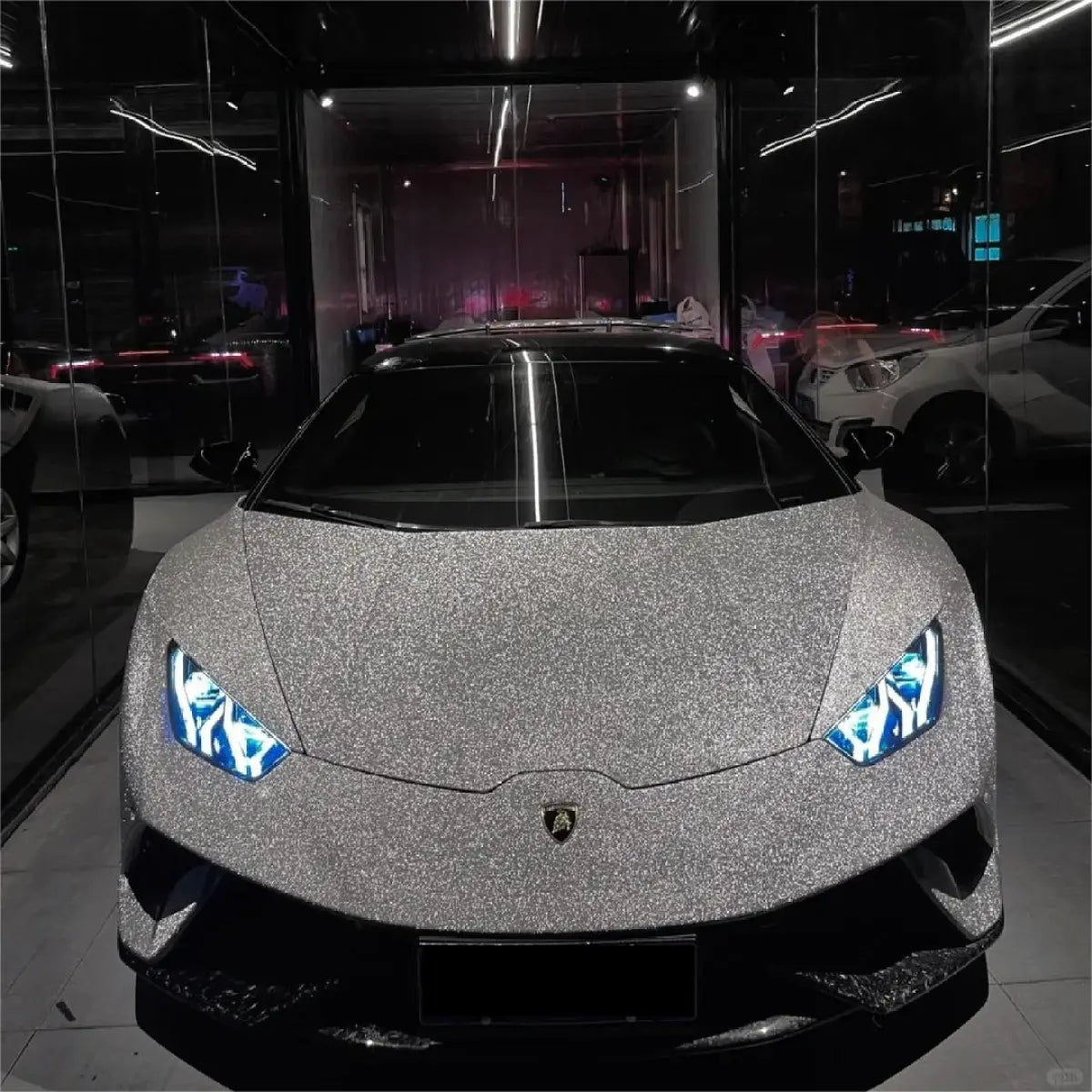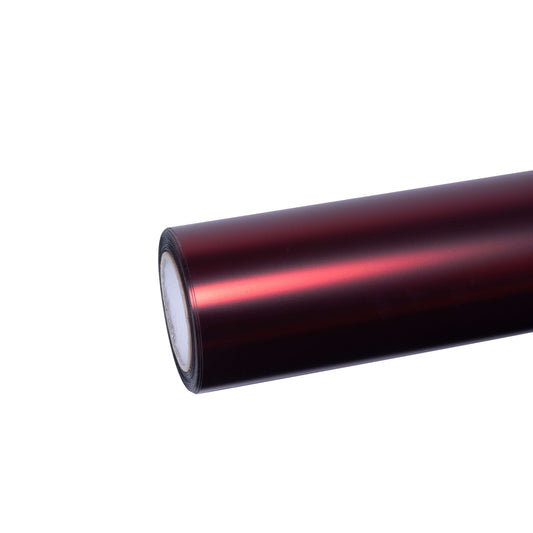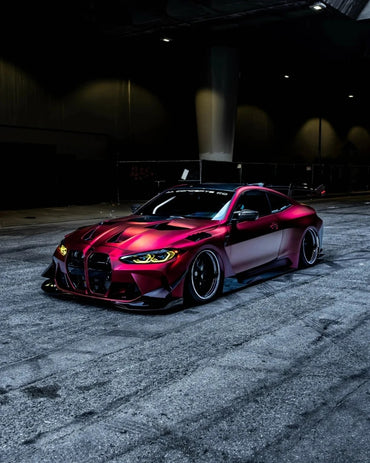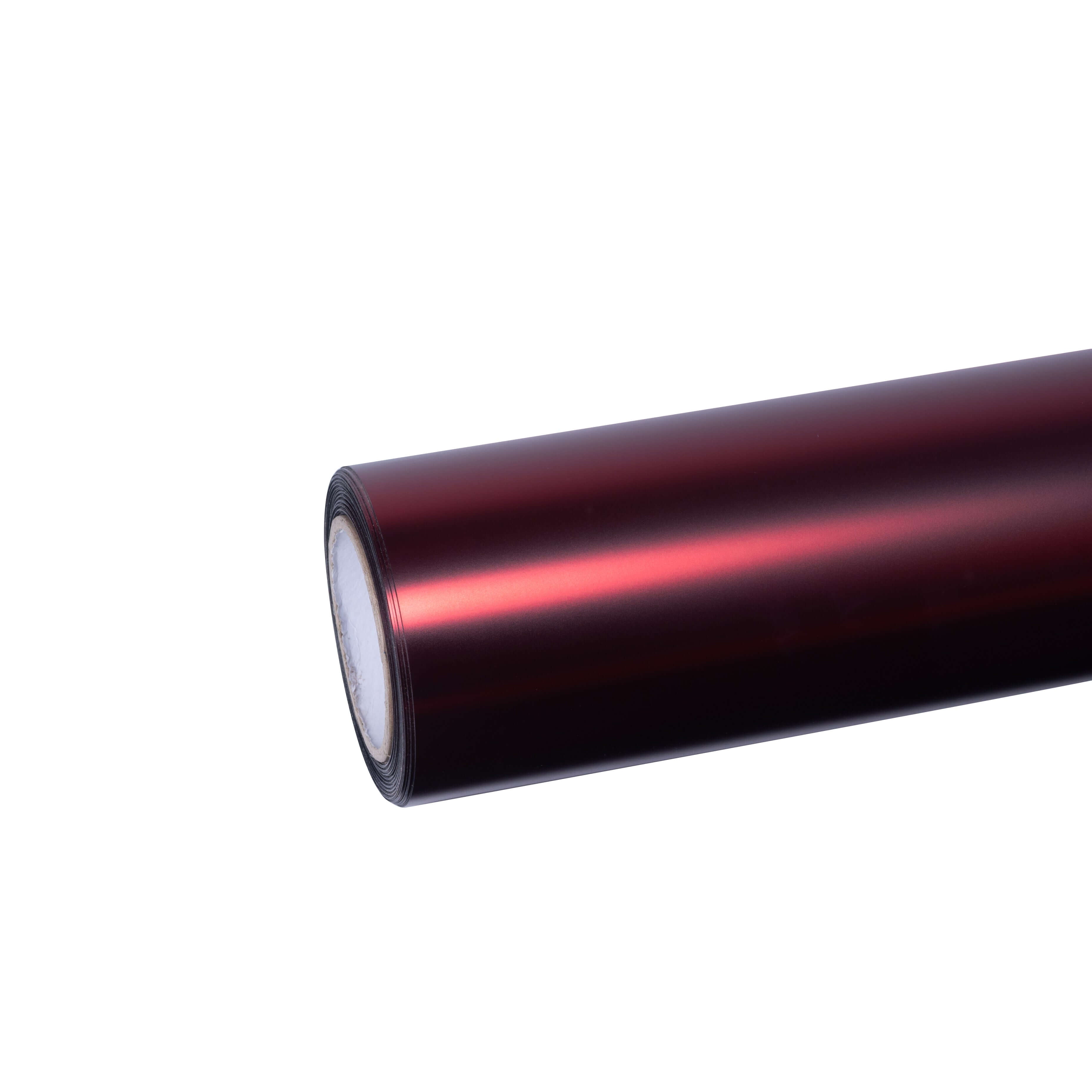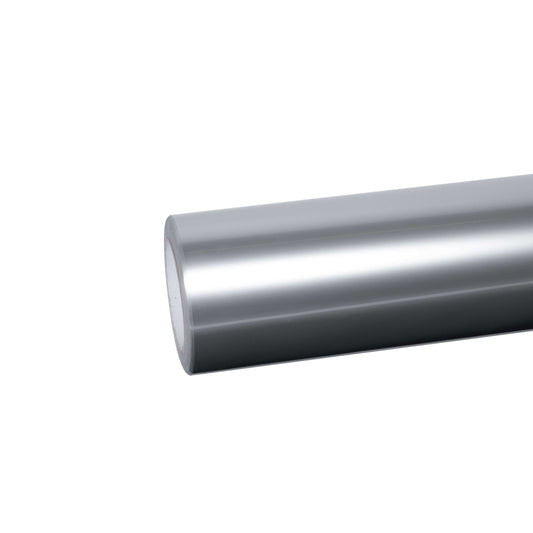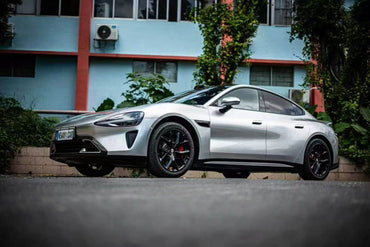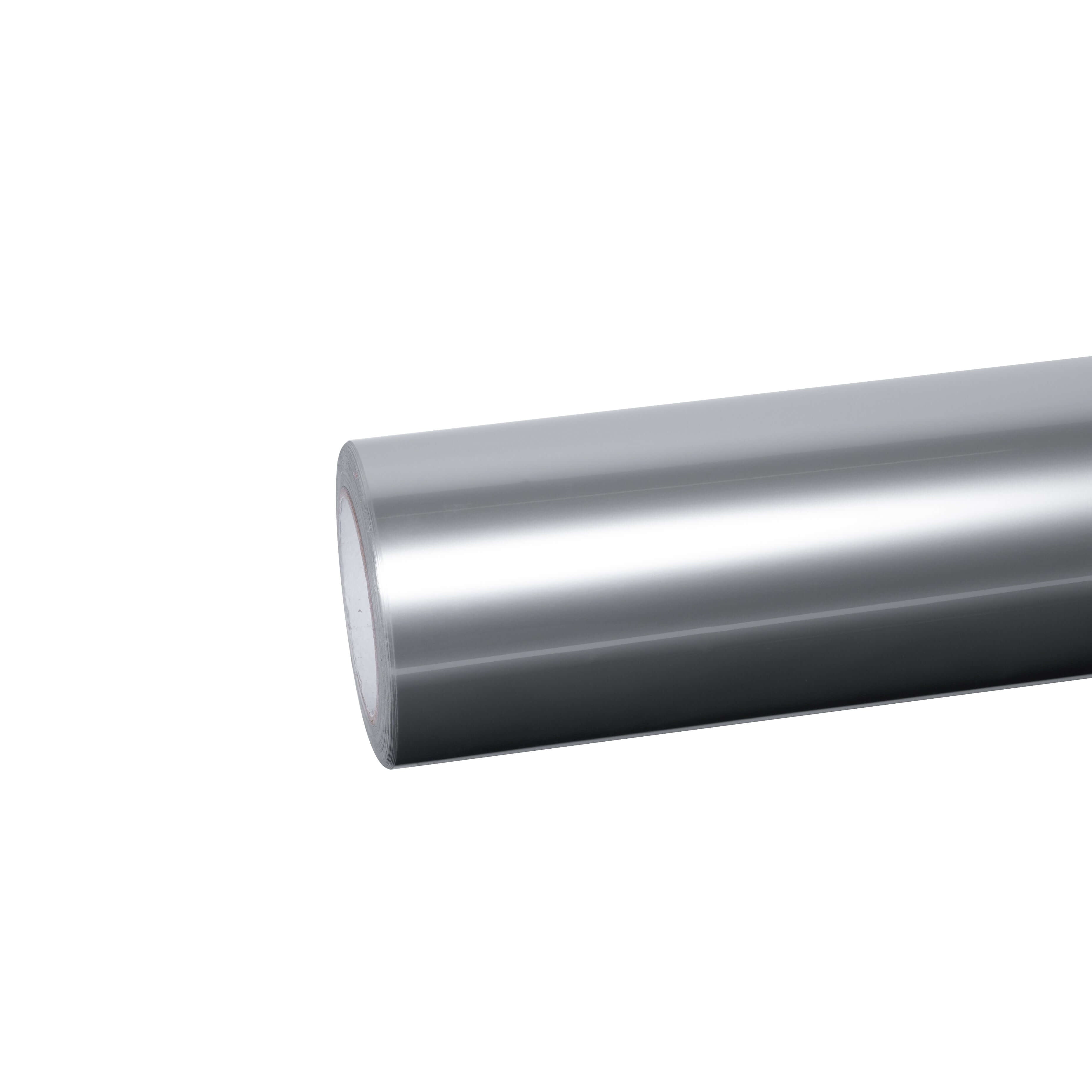If you're considering transforming your vehicle with a car wrap, you've probably asked yourself this critical question: "Can car wraps damage my paint?" It's a valid concern that stops many car owners from exploring the world of vehicle customization.
The straightforward answer is: No, high-quality car wraps do NOT damage paint when properly installed and removed. In fact, premium vinyl wraps and paint protection films (PPF) actually protect your original paint from scratches, UV rays, and environmental damage.
Understanding Car Wraps: Protection vs. Customization
Before diving into potential paint damage, let's clarify what we're working with. Modern automotive wraps fall into two main categories:
Vinyl Wraps: The Customization Champion
Vinyl wraps are made from PVC (Polyvinyl Chloride) and offer unlimited design possibilities. From metallic finishes to liquid chrome effects, these wraps transform your vehicle's appearance without permanent changes.
Characteristics:
- Thickness: 3-4 mils
- Lifespan: 3-5 years
- Purpose: Aesthetic transformation
- Cost: $1,500-$3,000 for full vehicle
- Protection level: Moderate
TPU Paint Protection Film: The Defensive Powerhouse
TPU (Thermoplastic Polyurethane) wraps represent cutting-edge protection technology. These films prioritize paint preservation while offering color customization through colored PPF options.
Characteristics:
- Thickness: 6-10 mils
- Lifespan: 7-10 years
- Purpose: Paint protection + customization
- Self-healing properties: YES
- Protection level: Maximum
When Car Wraps CAN Damage Paint: The Real Culprits
While quality wraps protect paint, damage can occur under these specific conditions:
1. Poor Quality Materials
Low-grade vinyl from unknown manufacturers uses inferior adhesives that can leave residue or pull paint during removal. This is why choosing premium products like Sailifilm's certified wraps makes all the difference.
Warning signs of cheap wraps:
- Excessive shrinkage after installation
- Rapid fading within months
- Difficulty during removal
- Strong adhesive odor
2. Pre-Existing Paint Damage
Wraps adhere to your paint's surface. If your paint is already compromised, the wrap will reveal—and potentially worsen—these issues:
- Peeling clear coat: The wrap will lift existing peeling sections
- Deep scratches: Wraps highlight rather than hide deep damage
- Rust or corrosion: Traps moisture, accelerating deterioration
- Aftermarket paint jobs: May have weaker adhesion than factory paint
According to automotive paint protection studies, vehicles with original equipment manufacturer (OEM) paint have a 90% lower risk of damage during wrap removal compared to aftermarket paint jobs.
3. Improper Surface Preparation
This is the #1 cause of wrap-related paint damage. Professional installers know that preparation determines 80% of the final result.
Critical prep steps:
- Decontamination wash: Removes wax, grease, and road grime
- Clay bar treatment: Eliminates embedded contaminants
- Paint inspection: Identifies existing damage before installation
- Surface temperature: Must be between 60-80°F for optimal adhesion
- Humidity control: Prevents moisture trapping
4. Incorrect Installation Techniques
DIY installations or inexperienced installers can cause:
- Excessive stretching: Thins material and stresses adhesive
- Improper heat application: Too much heat can damage clear coat; too little prevents proper adhesion
- Trapped air bubbles: Create moisture pockets that damage paint over time
- Aggressive squeegee use: Can scratch paint surface
5. Leaving Wraps On Too Long
Even premium wraps have expiration dates. Leaving them beyond their lifespan causes:
- Adhesive bonding: Becomes permanent, making removal nearly impossible
- UV degradation: Makes material brittle and prone to tearing
- Residue accumulation: Creates stubborn adhesive residue
- Color changes: Wrap may yellow or fade, affecting appearance
Recommended replacement timeline:
- Standard vinyl wraps: 3-5 years
- Ultra matte wraps: 3-5 years
- TPU protection films: 7-10 years
- Rainbow laser vinyl: 3-4 years (due to specialized finish)
How Quality Wraps PROTECT Your Paint
When done correctly with premium materials, wraps act as a sacrificial barrier that preserves your vehicle's factory finish:
UV Protection Shield
Direct sunlight causes paint oxidation and fading. Quality wraps block up to 99% of harmful UV rays, preventing:
- Color fading
- Clear coat deterioration
- Paint chalking
- Loss of gloss
Colored paint protection films offer this protection while adding personalized style.
Physical Damage Prevention
Your wrap takes the hit instead of your paint:
- Rock chips: PPF absorbs impact from road debris
- Minor scratches: Self-healing films repair automatically
- Parking lot dings: Acts as a protective cushion
- Bug splatter and bird droppings: Easy to clean without paint contact
Chemical Resistance
Road contaminants are brutal on bare paint. Wraps provide a barrier against:
- Acid rain
- Road salt
- Tree sap
- Industrial fallout
- Gas and oil spills
Resale Value Enhancement
Vehicles with protected original paint command 10-15% higher resale values according to automotive industry data. When you remove the wrap, your paint looks showroom fresh—even after years of daily driving.
Surface Preparation: The Foundation of Safe Wrapping
Professional surface preparation isn't optional—it's essential. Here's the complete process:
Step 1: Initial Assessment (30-60 minutes)
- Inspect paint for chips, scratches, and peeling
- Check for rust or corrosion
- Identify any previous repairs or aftermarket paint
- Document existing damage with photos
Step 2: Decontamination Wash (1-2 hours)
- Remove all wax, polish, and sealants
- Use pH-neutral automotive soap
- Clean door jambs, trim, and crevices
- Ensure complete removal of previous products
Step 3: Clay Bar Treatment (1-2 hours)
- Remove embedded contaminants invisible to the eye
- Work in sections with proper clay lubricant
- Feel for smoothness—paint should be glass-like
- Critical for proper wrap adhesion
Step 4: Paint Correction (if needed)
If existing damage is present:
- Light polishing to remove oxidation
- Scratch repair for deep marks
- Clear coat touch-up if necessary
- Allow proper curing time (48-72 hours)
Step 5: Final Cleaning
- Isopropyl alcohol wipe-down (70% solution)
- Remove any remaining oils or contaminants
- Ensure bone-dry surface before installation
- Verify environmental conditions
Proper Installation Techniques: The Professional Difference
Professional installers follow strict protocols that DIY enthusiasts often overlook:
Temperature and Environment Control
- Ideal temperature: 68-75°F
- Humidity: 40-60%
- Dust-free environment: Essential for bubble-free installation
- Controlled lighting: Reveals imperfections during application
Application Method
Professional installers use:
- Dry application for 3D carbon fiber wraps
- Wet application with slip solution for large panels
- Heat gun technique at precise temperatures (200-250°F)
- Progressive adhesion to prevent air trapping
Critical Installation Points
Special attention to:
- Complex curves: Bumpers, side mirrors, spoilers
- Deep recesses: Door handles, trim areas, emblems
- Edge wrapping: Proper tucking prevents lifting
- Seam placement: Minimizes visibility and water intrusion
Post-Installation Care
After installation:
- 24-48 hour curing period: No washing or exposure to moisture
- Gentle heat application: Activates full adhesive bonding
- Edge inspection: Ensures complete adhesion
- Documentation: Warranty activation and care instructions
Safe Wrap Removal: Protecting Paint When It's Time for Change
Proper removal is just as important as installation:
The Professional Removal Process
- Heat application: Use heat gun at 160-180°F to soften adhesive
- Low-angle peeling: Pull at 45-degree angle, never 90 degrees
- Slow, steady progress: Rush causes paint stress
- Adhesive removal: Use proper automotive adhesive remover
- Final polish: Restore shine to protected paint
When to Seek Professional Help
Always hire professionals when:
- Wrap has been on for 5+ years
- You notice edge lifting or peeling
- Paint condition is questionable
- Working with complex body curves
- Vehicle has high value or collectibility
Choosing the Right Wrap for Your Needs
Different applications require different solutions:
For Maximum Paint Protection
Choose TPU paint protection wrap when:
- Vehicle is new or recently repainted
- You drive in harsh conditions (highway, off-road)
- Long-term value preservation is priority
- Self-healing properties are desired
For Bold Customization
Opt for specialty vinyl when:
- Style transformation is the goal
- Budget is a consideration
- Frequent design changes appeal to you
- Maximum color variety is needed
Popular choices:
- Glitter sparkle wraps for eye-catching effects
- Dual color dream vinyl for unique color-shifting
- Crystal vinyl wraps for premium depth
Color-Specific Solutions
Sailifilm offers comprehensive color collections:
- White wraps - Clean, timeless elegance
- Black wraps - Sleek, aggressive styling
- Silver wraps - Modern, sophisticated look
- Grey wraps - Understated luxury
- Brown wraps - Warm, distinctive appeal
- Orange wraps - Bold, energetic presence
- Yellow wraps - Attention-grabbing vibrancy
- Pink wraps - Unique, playful expression
- Green wraps - Natural, striking appearance
- Blue wraps - Cool, confident styling
- Red wraps - Classic, passionate presence
- Purple wraps - Royal, luxurious character
Testing Before Committing: The Smart Approach
Never wrap your entire vehicle without testing first. Sailifilm offers sample kits that let you:
- Test color accuracy in different lighting
- Evaluate texture and finish quality
- Practice installation techniques
- Verify compatibility with your vehicle's paint
- Make confident decisions before full investment
Additionally, professional wrapping tools ensure proper application and reduce the risk of paint damage during DIY projects.
Maintenance: Keeping Your Wrap (and Paint) Perfect
Proper maintenance extends wrap life and protects underlying paint:
Weekly Care
- Hand wash with pH-neutral soap
- Use soft microfiber towels
- Avoid automatic car washes (brushes can lift edges)
- Dry immediately after washing
Monthly Care
- Inspect edges for lifting
- Clean door jambs and trim
- Check for trapped dirt or debris
- Apply wrap-safe detailer spray
Annual Care
- Professional inspection
- Deep cleaning and decontamination
- Edge reheating if needed
- Documentation for warranty
What to Avoid
❌ High-pressure washers within 12 inches ❌ Harsh chemicals or solvents ❌ Abrasive cleaning tools ❌ Waxes with petroleum distillates ❌ Automatic car washes with brushes
The Bottom Line: Paint Protection, Not Paint Damage
The truth about car wraps and paint damage is clear: Quality wraps installed by professionals on properly prepared surfaces will NEVER damage your paint. In fact, they're one of the best investments you can make for paint preservation.
The key factors for success:
- ✅ Choose premium materials from trusted manufacturers like Sailifilm
- ✅ Ensure proper surface preparation before installation
- ✅ Use professional installation for best results
- ✅ Follow maintenance guidelines throughout wrap life
- ✅ Remove wraps professionally within their recommended lifespan
When you're ready to protect and transform your vehicle, explore Sailifilm's complete collection of premium wraps and PPF solutions. From protection-focused TPU films to creative vinyl designs, you'll find the perfect solution for your needs—all backed by quality materials that safeguard your paint investment.
Frequently Asked Questions
Q: Can I wrap a car with damaged paint? A: Minor imperfections can be covered, but significant damage (peeling, rust, deep scratches) should be repaired first. Wraps adhere best to smooth, intact surfaces.
Q: How long can I safely leave a wrap on my car? A: Vinyl wraps should be replaced every 3-5 years; TPU protection films last 7-10 years. Exceeding these timeframes increases removal difficulty and adhesive bonding.
Q: Will removing a wrap damage my factory paint? A: No, when removed properly using heat and low-angle peeling techniques, your OEM paint will be in excellent condition—often better than unwrapped paint due to years of protection.
Q: Can I install wraps myself without damaging paint? A: DIY installation is possible for experienced enthusiasts, but professional installation is strongly recommended for valuable vehicles, complex curves, and TPU films.
Q: Do wraps protect against rock chips? A: TPU paint protection films offer excellent rock chip protection. Standard vinyl wraps provide moderate protection against minor impacts but aren't designed for heavy debris protection.
For more information on vehicle customization trends and automotive paint protection technology, visit our blog resources.


